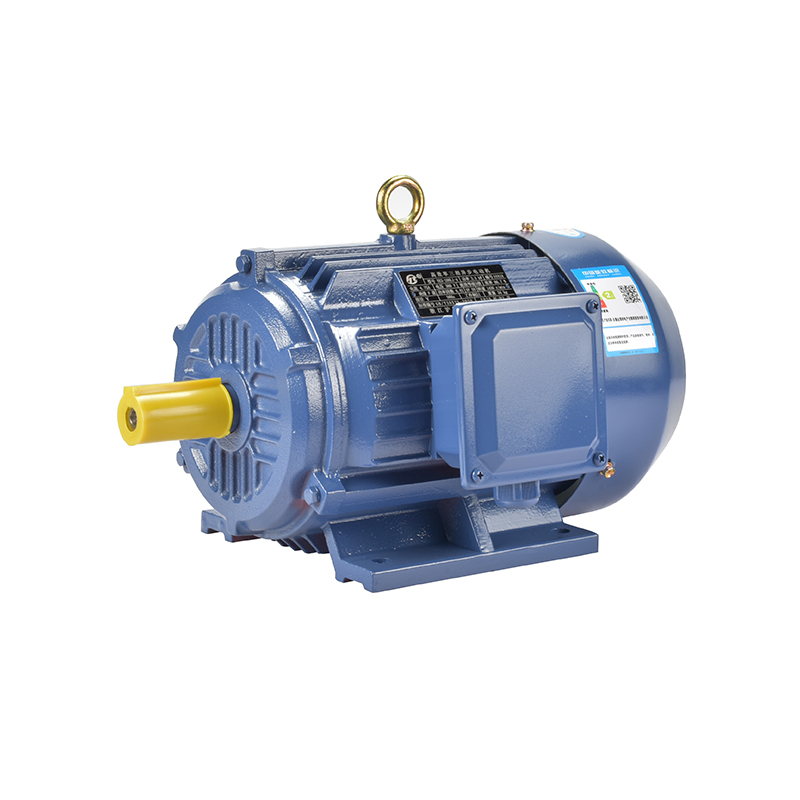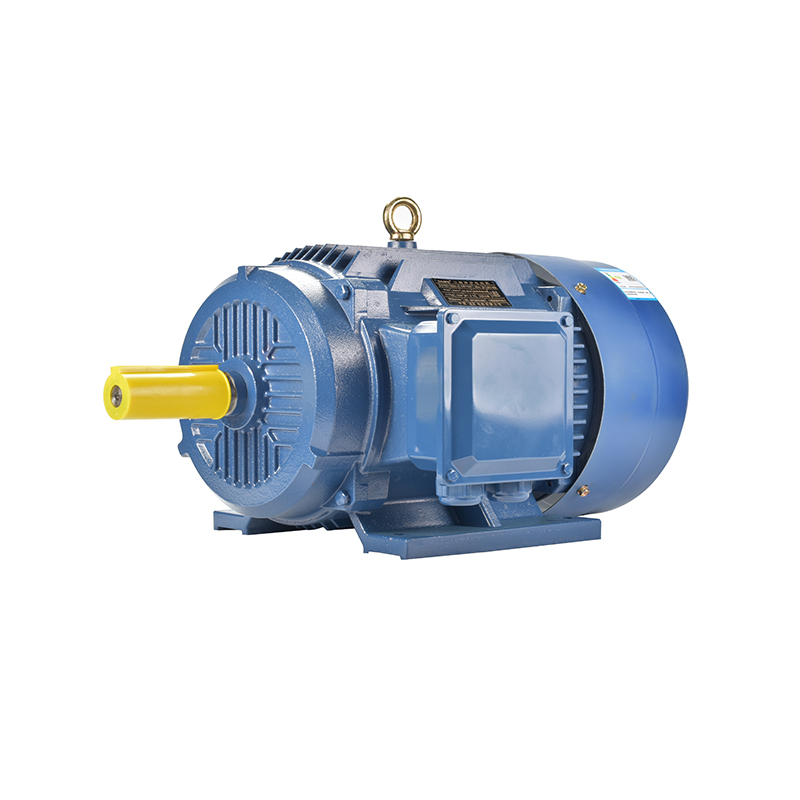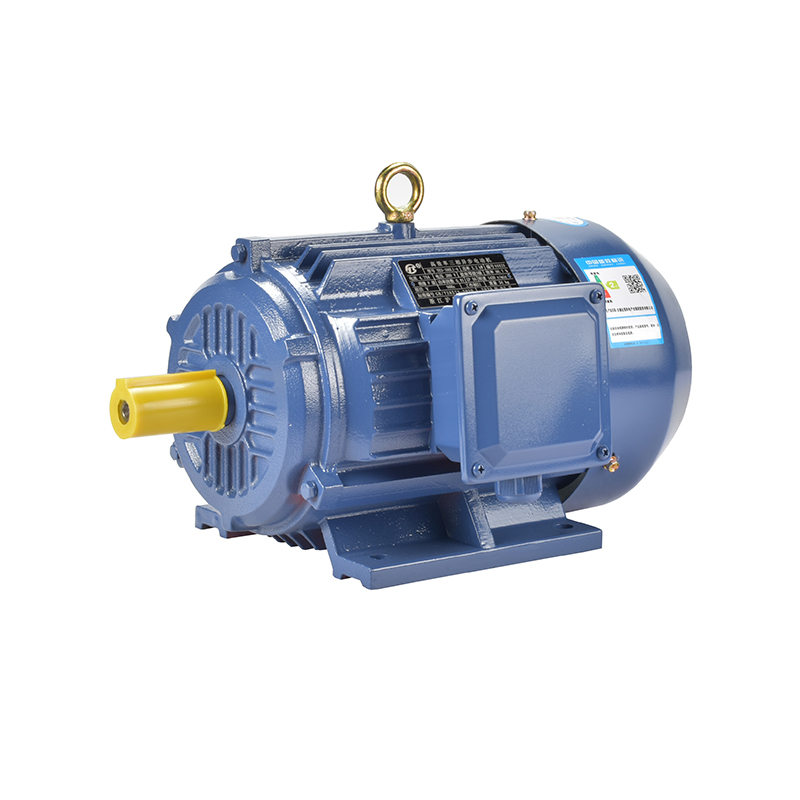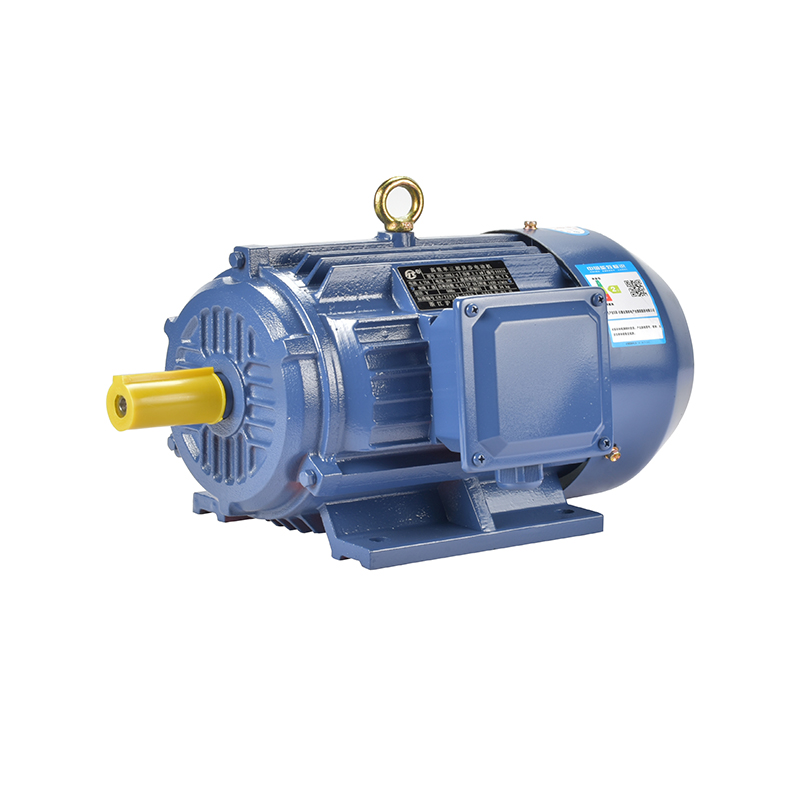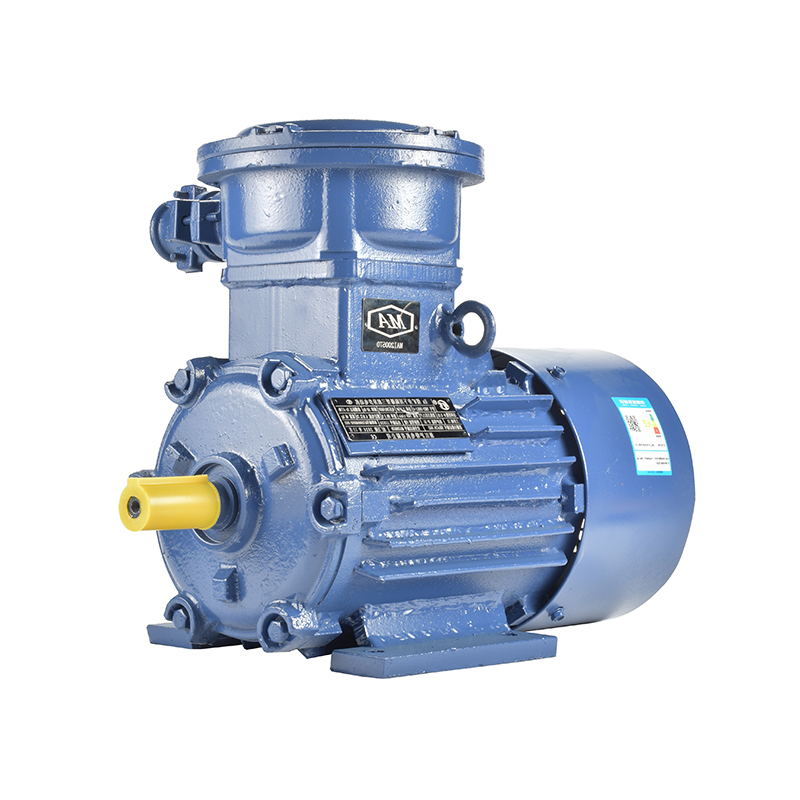Three-phase asynchronous motors with single-layer windings
Single-layer winding is embedded in each stator slot with only one effective edge of the coil, and thus its total number of coils is only half of the total number of slots in the motor. The advantages of single-layer winding are that the number of winding coils is less and the process is more straightforward; there is no interlayer absolute edge, so the utilization rate of the slot is improved; the single-layer structure will not occur between phase breakdown faults, and so on. The disadvantage is that the electromagnetic waveform generated by the winding is not ideal, the motor's iron loss and noise are more significant, and starting performance is also slightly worse, so the single-layer winding is generally only used for small-capacity asynchronous motors. Single-layer winding, by the shape of its coil and end connection part of the arrangement of different, can be divided into chain winding, cross-chain winding, concentric winding, cross-concentric winding, and other forms of winding.

1. Chain winding
Three-phase asynchronous motor
Three-phase asynchronous motor
Chain winding is composed of single-layer coil elements with the same shape and width, which is named because each coil at the end of the winding is like a chain ring. Single-layer chain winding should pay special attention to the coil pitch, which should be an odd number; otherwise, the winding will not be arranged.
2. Cross-chain winding
Cross-chain winding When each pole and each phase of the number of slots for more than 2 numbers of chain winding cannot be arranged, it is necessary to use a single, double-coil cross winding.
3. Concentric winding
Concentric winding in the same pole phase group of all the coils around the same center.
4. Crossed concentric winding
When the number of slots in each phase of each stage Q is more than 2, even numbers can be taken in the form of concentric winding.
Single concentric winding and cross concentric winding have disadvantages for the winding of winding. The embedded line is relatively simple, and the disadvantage is that the coil end is too long, resulting in too much wire consumption. Now, in addition to the occasional use in small-capacity 2-pole and 4-pole motors, nowadays it has been preciously used in this form of winding.
In the context of three-phase asynchronous motors, winding design plays a crucial role in determining motor performance and efficiency. While single-layer windings offer manufacturing simplicity, other types of windings, such as those used in three phase permanent magnet synchronous motors, focus on improving magnetic flux distribution and reducing losses. The three phase permanent magnet synchronous motor often utilizes concentrated windings, which differ from the distributed winding approaches in asynchronous motors. These concentrated windings help improve the electromagnetic interaction with the permanent magnets on the rotor, resulting in better torque characteristics and smoother operation.
Magnet synchronous motors, including the permanent magnet types, require precise winding arrangements to optimize their magnetic coupling and to reduce cogging torque, which can cause noise and vibration. Compared to asynchronous motors, magnet synchronous motors typically have different winding configurations to match their unique rotor designs. The choice of winding—whether distributed or concentrated—affects not only the motor’s electromagnetic waveform but also its thermal performance and efficiency.
Despite the advantages that other winding structures might bring, the simplicity and reliability of single-layer winding in small three-phase asynchronous motors ensure that it remains a viable solution for applications where cost and ease of manufacture are priorities. However, for applications demanding higher efficiency and quieter operation, three phase permanent magnet synchronous motors are increasingly considered due to their advanced winding and rotor technologies.
-
Feedback



 English
English русский
русский Español
Español عربى
عربى

